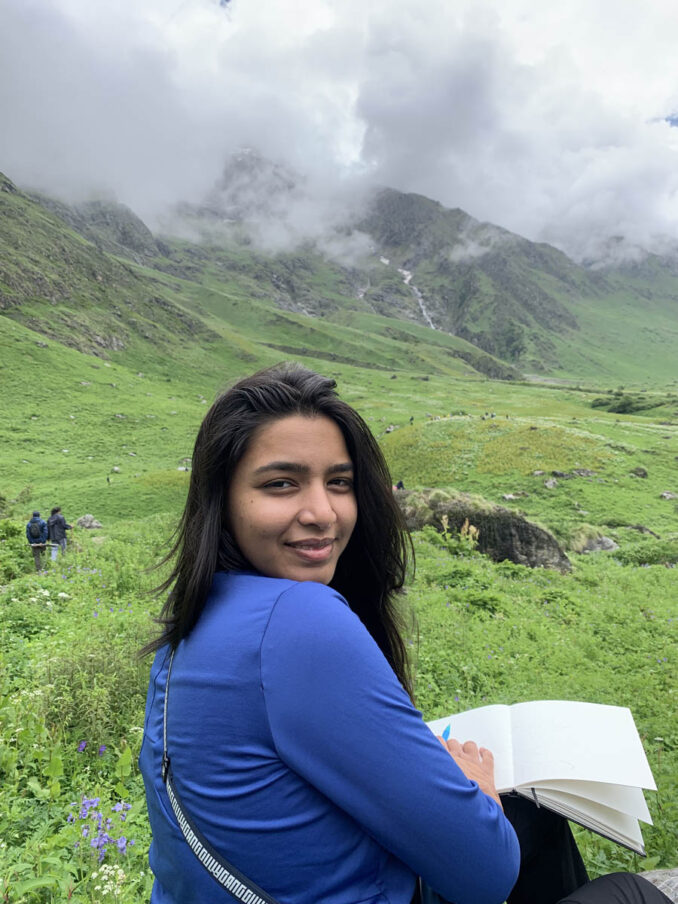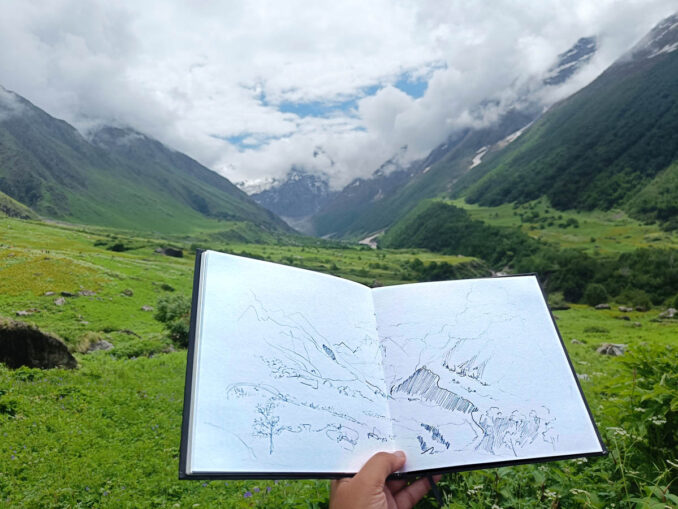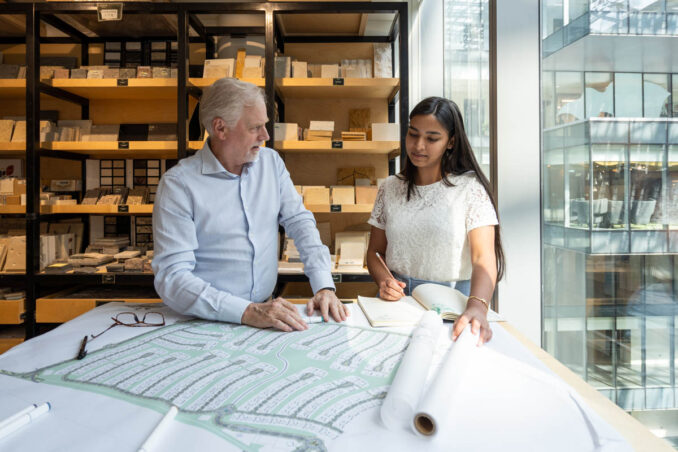
Lohita began her journey into landscape architecture in India, and after completing a Masters in Delhi and she grew experience working on large public realm projects that had a real impact on the communities. Lohita’s early career started at a multi-disciplinary company, giving her an understanding and a broad grounding in the complexities of the industry, but also confirming her beliefs in the value of landscape architecture as a profession that unites other disciplines and adds so much benefit to projects and communities.
After moving to the Middle East, Lohita had the opportunity to work on some of the most ambitious projects in the region from large scale Vision Masterplans to human scale spaces. No matter the size or complexity of the project her design approach remains deeply rooted in expressing the context and culture of the place to achieve an authentic outcome for the end users. Lohita currently works at Cracknell in Dubai as a landscape architect.
Lohita is passionate about creating spaces that resonate with people, and firmly believe that the true sustainability of a place lies in its active use and care by the community. Lohita’s work is also her hobby and can often be found with a sketchbook capturing places or ideas on paper.


WLA: Why did you become a landscape architect?
Since I was a kid, I’ve always been fascinated by picturesque paintings and how colours bring them to life. Natural landscapes have always been my refuge, and in daily life, local open spaces were where I used to relax, recreate, and rejuvenate. It wasn’t until my internship in a design studio that I truly understood the significance of these landscapes and open spaces in life and their greater impact. There, I collaborated in the process of landscape design and learned how it enhances our environment in a number of tangible and intangible ways. That’s when I found a purpose to my profession, and I decided to pursue further education in Landscape Architecture.
WLA: What is your approach to landscape design?
I strongly believe that landscape design should be a culturally, socially, and contextually embedded process. It’s crucial to thoroughly research and understand the past values associated with the land, as well as the future aspirations tied to it. By studying these aspects, the design ideas can be curated using design languages like forms, shapes, colours, and textures. Additionally, landscape tools such as hardscape materials, plant selections, furniture, and lighting design assist immensely in bringing the design concept to life.

WLA: What is the most rewarding part of being a landscape architect?
Like other creative fields, Landscape Architecture is something that everyone can experience hands on in its raw form, regardless of their background. I can explore landscape spaces with a family member or a friend and simply immerse myself in the environment and all its offerings. Landscapes form a part of our daily lives, something we naturally encounter. Therefore, I find the most fulfilling aspect to be witnessing how designed open spaces enhance people’s lives in various ways. Often, a man-made landscape space also becomes a defining feature of a city’s identity.

WLA: How do you see the future of landscape architecture?
Looking ahead, I envision Landscape Architects growing together to tackle environmental, social, and cultural challenges. We aim to promote awareness and create public spaces that are inclusive, accessible, and sustainable. Through our work, we strive to preserve and improve natural habitats and resources. In the future, Landscape Architecture will continue to serve as a means to dissolve barriers and foster connections between communities.
